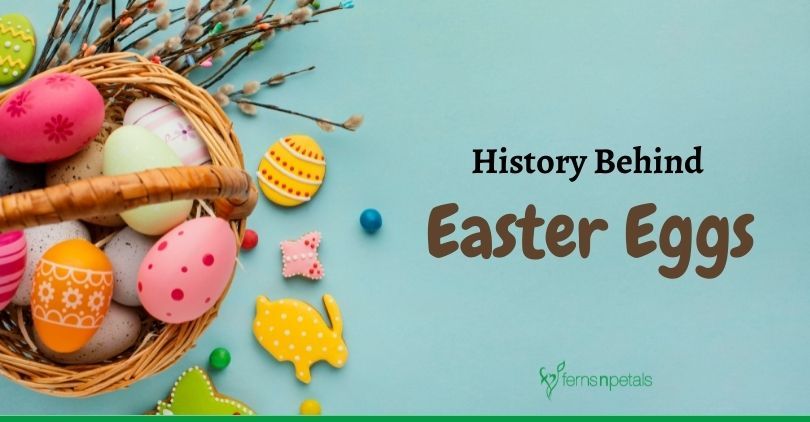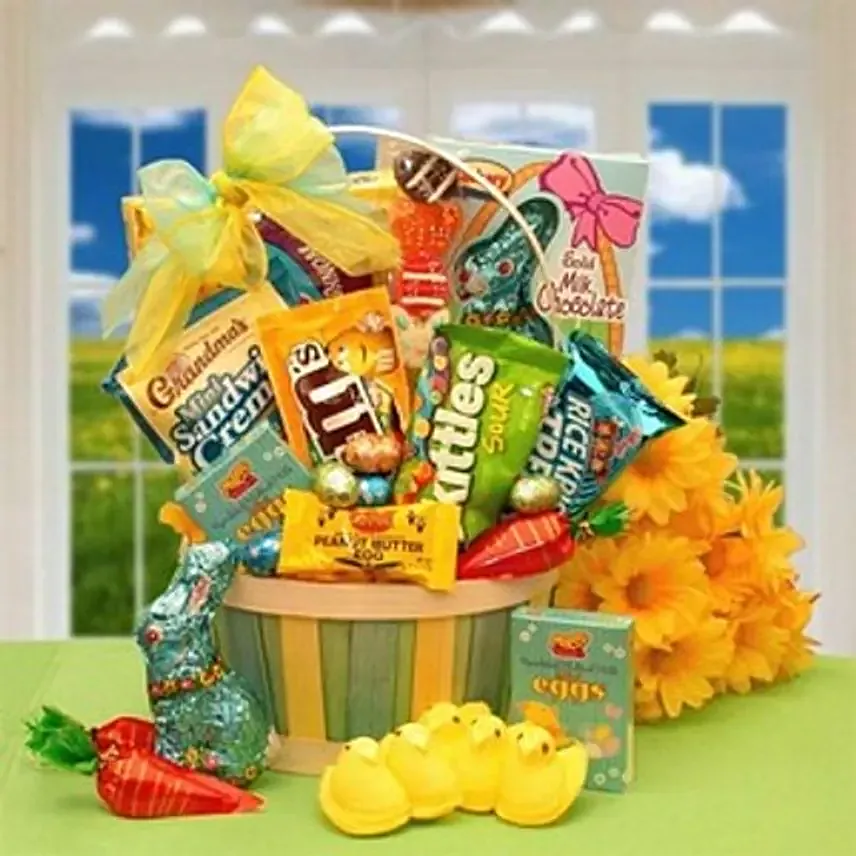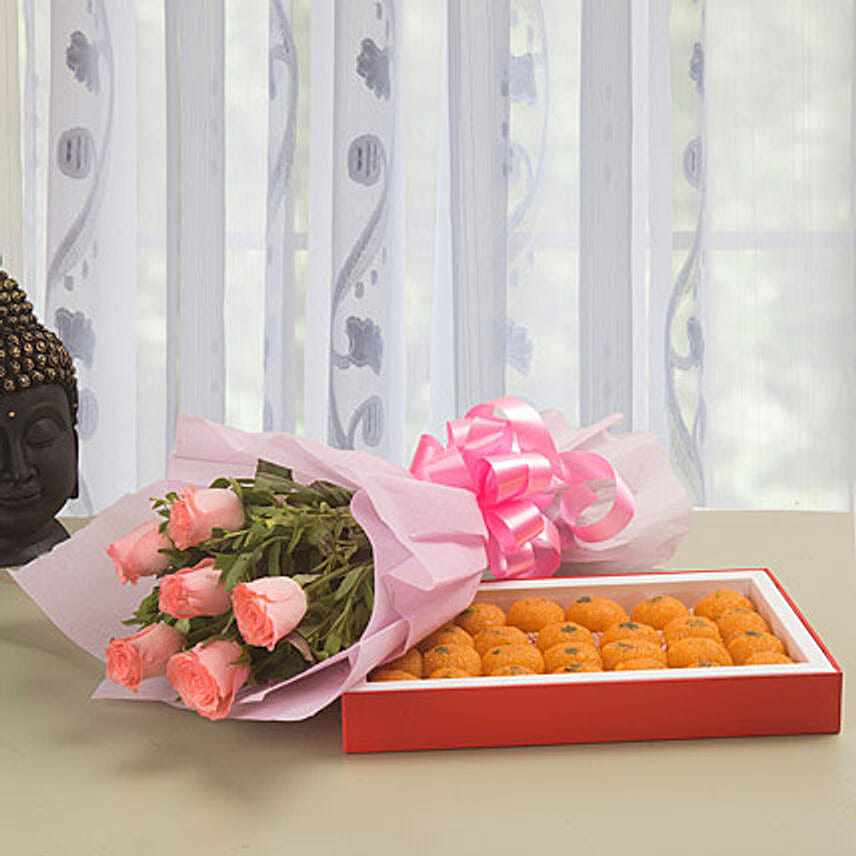Easter Eggs: History Behind the Tradition
- Author: Anushka Published: 14th April, 2022
Easter is a significant festival for the Christian community. The day is celebrated for Jesus Christ’s resurrection from death, on the third day of his crucifixion. On this day, people visit Church, host a get together with near & dear ones and play with colourful eggs. But, did you ever wonder how Easter got its tradition associated with eggs? With Easter Sunday drawing near, let’s crack the secrets behind the history and traditions of the Easter egg.

What is the Meaning Behind Easter Eggs?
Eggs are viewed as a symbol of new life. They are also associated with fertility and restoration. European Pagans were the first to view eggs as a symbol of regeneration during springtime. Soon, these eggs were borrowed by early Christians to refer to parts of the Easter story. They associated it with Jesus Christ’s resurrection.
For Christians, the Easter eggs became the symbolism of the empty tomb from which Jesus Christ rose again. The hard shell (outer part) of the egg depicts his sealed tomb while the cracking of the shell represents his resurrection from the dead.
After this representation, the Christian community went on to develop different traditions surrounding Easter eggs.
Why do we have Easter Eggs?
Back then, during Lent (a 40-day period where Christians fast, repent and pray to prepare for Easter), the rules of fasting were quite strict as compared to today. People observing the fast were not allowed to consume meat or any animal product including eggs. Therefore, they stored them and distributed them later as gifts.
Why are Easter Eggs Made of Chocolate?
The first chocolate eggs were made in France and Germany in the 19th Century, but they were hard and bitter. As chocolate-making techniques improved, the hollow eggs, as we see them today, came into the picture as a popular treat.
Why do we Decorate Easter Eggs?
Since eggs were forbidden during the season of Lent, people would paint and decorate them as a symbol of the end of the period of fasting and penance. Some early Christians dyed these eggs red to represent the blood that was shed during Jesus Christ’s crucifixion. Today, painting Easter eggs is a part of the tradition. It’s a fun activity that is well-enjoyed by people of all age groups.





